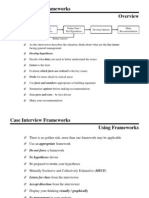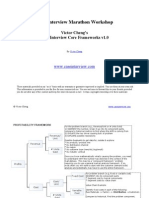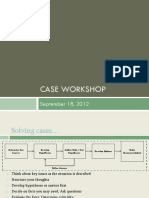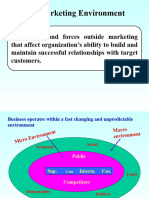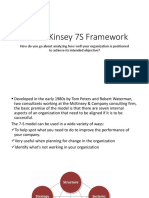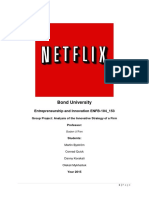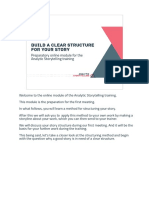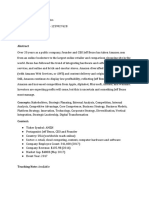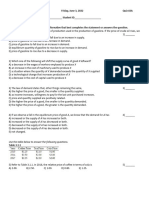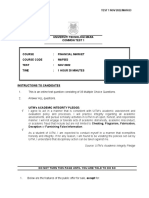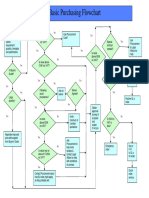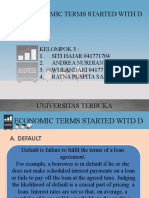0% found this document useful (0 votes)
107 views3 pagesBusiness Situation Framework
This document provides a framework for analyzing a business situation involving new market entry, products, businesses, or turnarounds. It outlines key areas to examine including customers (segments, needs, pricing), products (benefits, differentiation), company capabilities (distribution, costs, resources), competition (structure, behaviors, barriers), and industry environment. The framework draws from Porter's Five Forces model and is intended to guide comprehensive assessment of business opportunities and challenges.
Uploaded by
NguyễnVũHoàngTấnCopyright
© © All Rights Reserved
We take content rights seriously. If you suspect this is your content, claim it here.
Available Formats
Download as PDF, TXT or read online on Scribd
0% found this document useful (0 votes)
107 views3 pagesBusiness Situation Framework
This document provides a framework for analyzing a business situation involving new market entry, products, businesses, or turnarounds. It outlines key areas to examine including customers (segments, needs, pricing), products (benefits, differentiation), company capabilities (distribution, costs, resources), competition (structure, behaviors, barriers), and industry environment. The framework draws from Porter's Five Forces model and is intended to guide comprehensive assessment of business opportunities and challenges.
Uploaded by
NguyễnVũHoàngTấnCopyright
© © All Rights Reserved
We take content rights seriously. If you suspect this is your content, claim it here.
Available Formats
Download as PDF, TXT or read online on Scribd
/ 3




